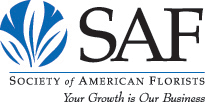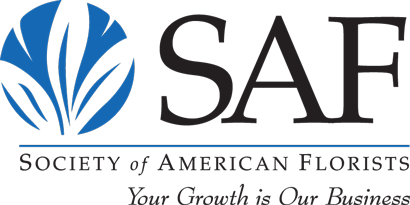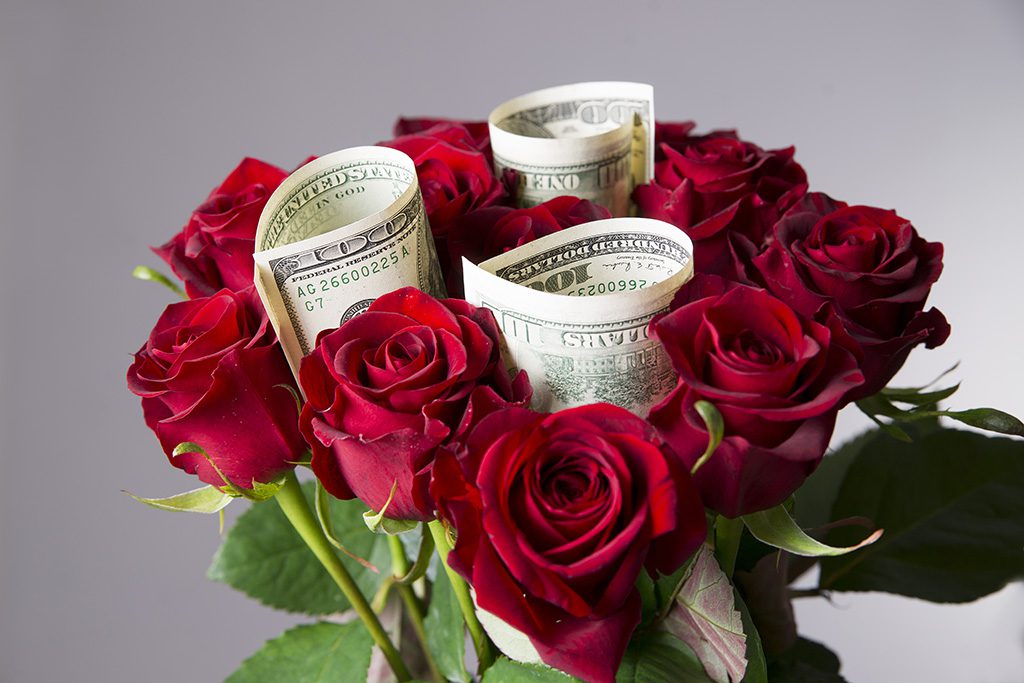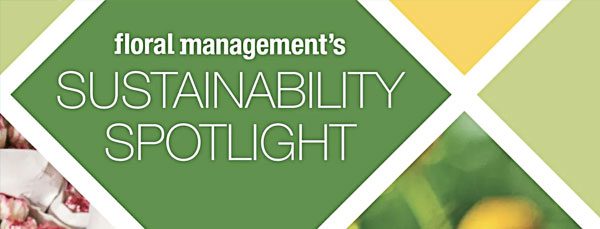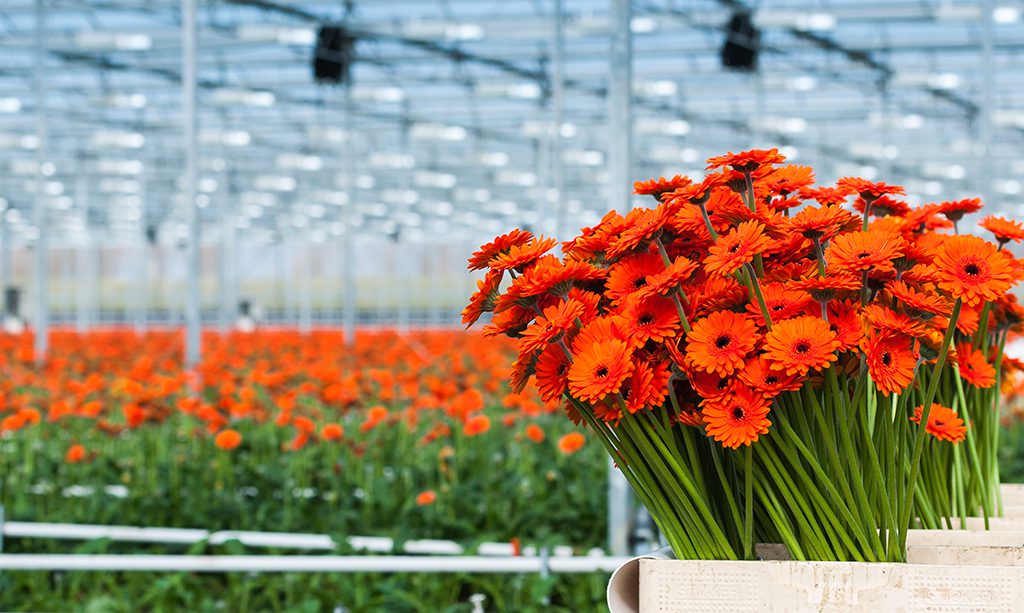
The U.S. floriculture industry’s sales grew by nearly 16 percent from 2019 and 2021, according to a recent survey by the U.S. Department of Agriculture’s National Agricultural Statistics Service. The survey, conducted annually, is the first to collect data from all 50 states.
The U.S. floriculture industry’s sales grew nearly 16 percent from 2019 to 2021, hitting the $6 billon mark for the first time, according to the latest data from the U.S. Department of Agriculture’s National Agricultural Statistics Service (NASS).
The 2021 Floriculture Crops Survey, released May 25, reported $6.4 billion in floriculture sales, up from $5.5 billion in 2019, when the Census of Horticultural Specialties — conducted every five years — last collected data from all 50 states.
The survey is conducted annually, and the 2021 survey included for the first time expanded data from all 50 states. A more robust, comprehensive survey is something the Society of American Florists and its members have pushed for years to achieve. In previous years, the survey has only collected data from the top producing states. Starting with the 2021 survey, operators with sales of more than $10,000 were surveyed in 28 states, and that state data is presented individually. The data from operators with more than $100,000 in sales in the remaining 22 states is grouped together. The 2021 survey also included more than 30 new crops.
The improved survey has allowed for a better look at the scope of domestic floriculture production and sales. Marvin Miller, Ph.D., AAF, of Ball Horticulture Company, who began working closely with SAF and USDA/NASS nearly four decades ago to reinstate, and later improve, the survey, noted that Ball has long suspected the annual bedding and garden plants category was much larger than what previous surveys found. The 2021 survey confirms that suspicion, he says.
“We’ve been underrepresenting the annual and perennial bedding [production] significantly,” Miller says, noting that in 2021 the category accounted for 60 percent of floriculture production, compared to 53 percent in 2020, when only 17 states were surveyed.
Annual bedding and garden plants totaled nearly $2.4 billion in sales, the survey found. That category was followed by herbaceous perennial plants and potted flowering plants with about $1 billion in sales each; foliage plants with $762 million in sales; propagative floriculture materials with $507 million in sales; cut flowers with about $360 million in sales; and cut greens with $105 million in sales.
To make comparisons with the 2020 survey in which 17 states were surveyed, NASS compared the 2020 data to the 2021 data for the same 17 states. That comparison shows that since 2020:
- Total sales increased six percent
- The number of producers increased by eight percent
- The number of operations with hired workers increased seven percent
- There were 404 cut flower operations with sales of $100,000 or more
- Protea producers with sales of more than $100,000 totaled 16, making it the crop grown by the fewest number of producers
- Sunflower producers with sales of more than $100,000 totaled 168, making it the crop grown by the most producers
- Florida ($1.1 billion)
- California ($962 million)
- Michigan ($635 million)
- New Jersey ($356 million)
- Ohio ($269 million)
- Texas ($253 million)
- North Carolina ($199 million)
- Pennsylvania ($188 million)
- New York ($181 million)
- Connecticut ($165 million)
Amanda Jedlinsky is the managing editor of SAF NOW.
